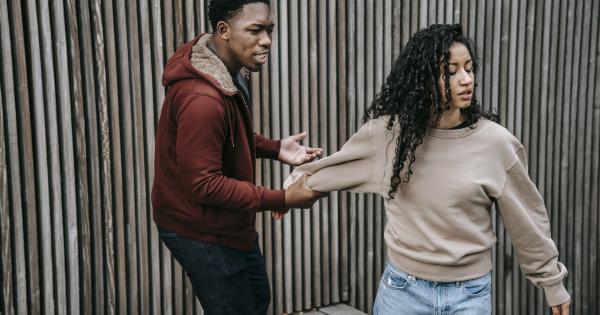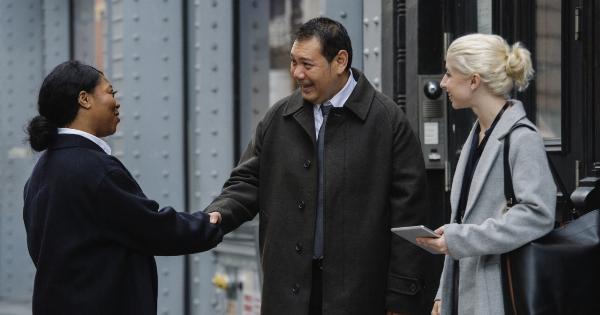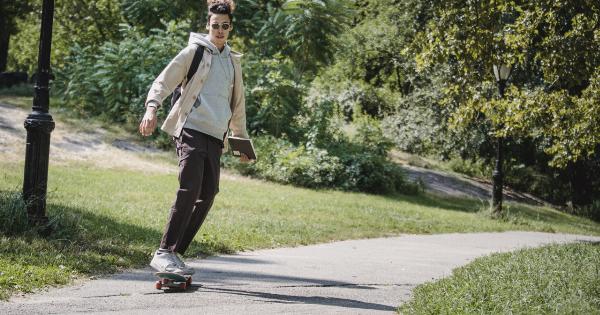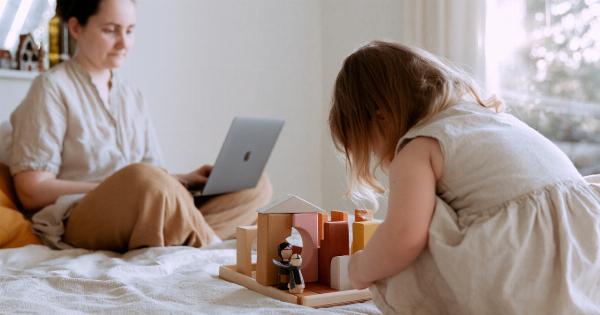Everyone has struggles with self-confidence at some point in their lives. Self-doubt can hold us back and prevent us from achieving our goals. However, with the right tools, we can learn to build our confidence and become unstoppable.
The Power of Self-Confidence
Self-confidence can be described as a belief in oneself and one’s abilities. When we have self-confidence, we are more likely to take risks, be more assertive, and stand up for ourselves.
Self-confidence can allow us to overcome obstacles and achieve our goals, even when faced with adversity.
Confidence is important in all aspects of our lives, but it’s particularly important in the workplace. Studies have shown that confident individuals are more likely to be promoted and receive raises.
Employers value confidence because it’s an indicator of competence. When we are confident, we are more likely to take on challenging projects and succeed.
The Dangers of Self-Doubt
While self-confidence can make us virtually unstoppable, self-doubt can do the opposite. Self-doubt can hold us back and limit our potential. When we doubt ourselves, we are less likely to take risks and more likely to hold back.
This can prevent us from achieving our goals and reaching our full potential.
Self-doubt can manifest in many ways. It can make us question our abilities, compare ourselves to others, and worry about what others think of us. All of these things can hold us back and prevent us from reaching our full potential.
Overcoming Self-Doubt
While self-doubt can seem overwhelming, it is possible to overcome it. There are a few techniques you can use to build your self-confidence and overcome self-doubt.
1. Build on Your Strengths
One of the best ways to build self-confidence is to focus on your strengths. Instead of worrying about your weaknesses or comparing yourself to others, focus on what you’re good at.
Everyone has strengths, so make a list of yours and try to build on them. When we focus on what we’re good at, we feel more confident and capable.
2. Face Your Fears
Another way to build self-confidence is to face your fears. When we avoid things that make us anxious or uncomfortable, we reinforce our fears. However, when we confront our fears and overcome them, we build self-confidence.
Start by identifying a fear you have and taking small steps to confront it. For example, if you’re afraid of public speaking, start by practicing in front of a few friends or family members. As you become more comfortable, you can gradually increase the size of your audience.
3. Practice Self-Compassion
When we struggle with self-confidence, we can be incredibly hard on ourselves. However, research has shown that practicing self-compassion can actually help us build self-confidence.
Self-compassion involves treating ourselves with kindness and understanding, even when we make mistakes or struggle. When we practice self-compassion, we feel safer to take risks and put ourselves out there because we know we will still love ourselves even if we fail.
The Power of Fearlessness
While self-confidence is essential, it’s important to note that it’s not the same as fearlessness. Fearlessness involves taking risks, being bold, and facing challenges even when they scare us.
Fearlessness is about pushing ourselves out of our comfort zones and taking on challenges that scare us.
Many of us shy away from risk and fear, but the truth is that fearlessness is incredibly powerful. When we live fearlessly, we take on challenges that others shy away from, and we achieve things that we never thought were possible.
Cultivating Fearlessness
While fearlessness might seem daunting, it’s possible to cultivate it. There are a few things you can do to start living fearlessly.
1. Ask Yourself What You’re Afraid Of
The first step to living fearlessly is to identify what you’re afraid of. Is it public speaking? Failure? Rejection? Once you know what you’re afraid of, you can start taking steps to overcome those fears.
2. Set Small Goals
If you’re not used to taking risks, it can be helpful to start small. Set small goals for yourself that involve taking on challenges that you might previously have avoided.
For example, if you’re afraid of public speaking, start by giving a presentation to a small group of people. Gradually increase the size of your audience until you feel comfortable speaking in front of a large group.
3. Embrace Failure
Living fearlessly means accepting that failure is a possibility. When we take risks, we won’t always succeed. However, failure is not the end of the world. In fact, failure can be a valuable learning experience.
When we fail, we learn what doesn’t work and can use that information to do better in the future. When we embrace failure, we become more resilient and better equipped to take on challenges in the future.
The Ultimate Weapon: Self-Confidence and Fearlessness
Self-confidence and fearlessness can be incredibly powerful when used together. When we approach challenges with both self-confidence and fearlessness, we become virtually unstoppable.
Self-confidence helps us believe in ourselves and our abilities, while fearlessness helps us take on challenges that might otherwise seem insurmountable. Together, they form the ultimate weapon in life–one that can help us achieve our goals and live our best lives.
Conclusion
Self-doubt and fear can hold us back and limit our potential, but they don’t have to. By building self-confidence and cultivating fearlessness, we can take on challenges that might seem insurmountable.
With the right mindset and techniques, we can become unstoppable and achieve whatever we set our minds to.






























